Estimated reading time: 3 minutes
As you go about picking your fruit during the fruit season, you get to see the end result of the fruit thinning that was done in early spring.
You’ll see where it worked, and where it didn’t. And if you didn’t thin the fruit from your trees, you’ll be able to notice the consequences of that decision!
Related Articles
When should you pick your almonds?
Picking almonds at the right time is key to good storage, and recording the names of the varieties you plant helps too.
How to make and use a fruit picking diary
Using a fruit-picking diary can help solve the problem of choosing the exact time to pick your fruit so it’s neither under-ripe nor over-ripe.
Did you accidentally over prune your fruit tree?
Over pruning fruit trees can result in a lack of fruit. It can force your tree to put energy into growing wood instead of fruit.
Remind me – why should I pull fruit off my trees?
Pulling fruit off your trees (when you’re aiming to grow as much fruit as possible) seems like a weird and wrong thing to do, right?
But trust us, there are lots of good reasons for this annual practice!
One of the most important reasons is to encourage the tree to start making new fruit buds very early in the season. This will encourage the tree to have more fruit next year.
Unfortunately, you’re not going to know until next year whether it worked or not!
But other reasons for thinning are fairly obvious, like getting bigger fruit. You’ll be able to assess your results within weeks or months of doing the job.
The first thing to look at is the fruit itself.
Here’s a bunch of apricots that were missed in the thinning, and you can clearly see the outcome.
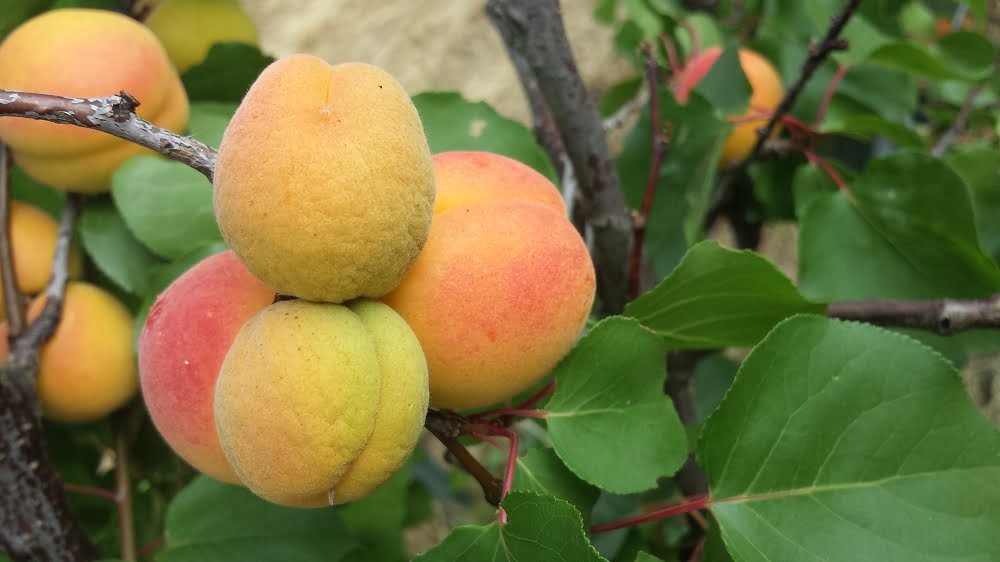
Out of this bunch of four, two apricots have grown normally. However, two are stunted, slightly shriveled, and not really edible. These are the ones that should have been removed when we were doing the thinning.
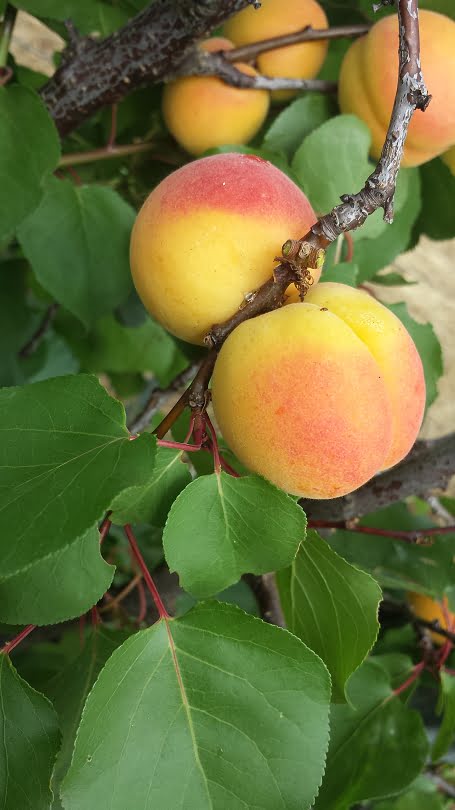
When they’re removed, you can see that we’re left with two reasonably sized, delicious-looking apricots. But…how much bigger could they have been?
The energy that the tree has put into the two discarded fruits could have been better used. It could have been growing just two pieces of fruit in the bunch to a larger size.
This is just one reason why it’s a good idea to do thinning early, hard, and thoroughly. You’re aiming to always maximise the ratio of usable, edible fruit to core/stone that the tree produces.
Other signs that your thinning might not have been good enough
It’s also distressing to see broken laterals like this in your fruit tree.
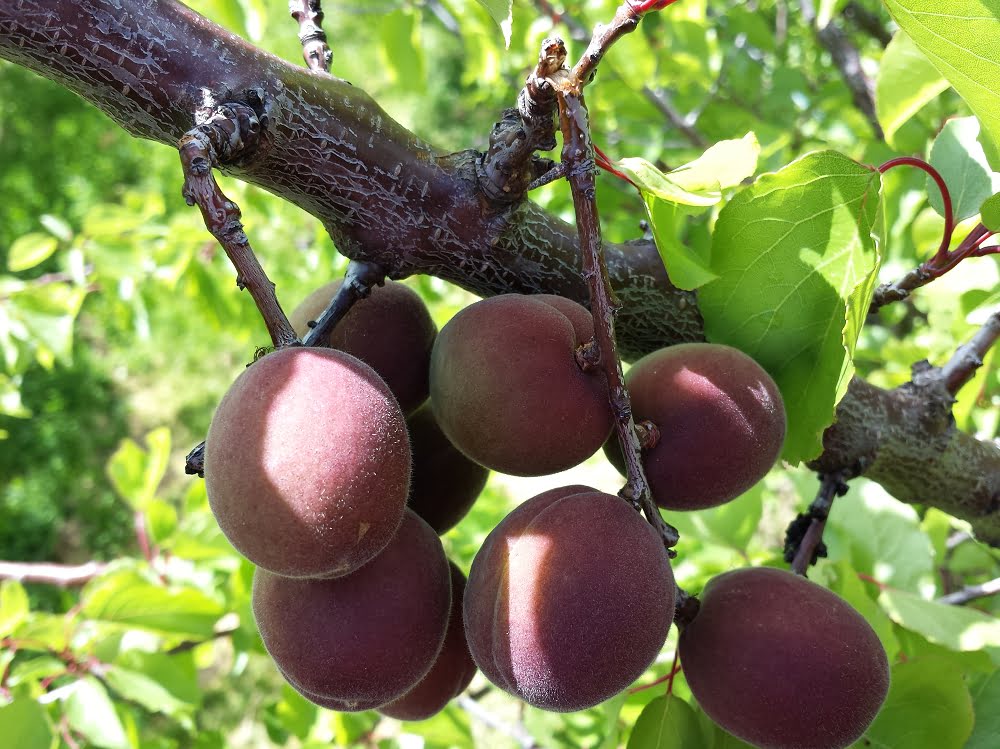
This is another problem caused by leaving too much fruit on a branch that isn’t big enough to carry the weight. Unfortunately once the lateral is broken, you’ve lost an important fruit-bearing part of the tree. The fruit growing on that lateral is usually wasted as well.
Thinning has so many benefits for your tree, and your crop, but a lot of people are scared to do it for fear of taking off too much fruit, too little, or just generally getting it wrong.
Our handy Fruit Thinning Chart will guide you through figuring out exactly how much fruit to take off every tree.
Having put all your care and attention into growing and pruning the tree, it’s then such a pity to damage the tree just by leaving more fruit on any one branch or lateral than it can carry.
Sorry, tree…
Related Articles
When should you pick your almonds?
Picking almonds at the right time is key to good storage, and recording the names of the varieties you plant helps too.
How to make and use a fruit picking diary
Using a fruit-picking diary can help solve the problem of choosing the exact time to pick your fruit so it’s neither under-ripe nor over-ripe.
Did you accidentally over prune your fruit tree?
Over pruning fruit trees can result in a lack of fruit. It can force your tree to put energy into growing wood instead of fruit.
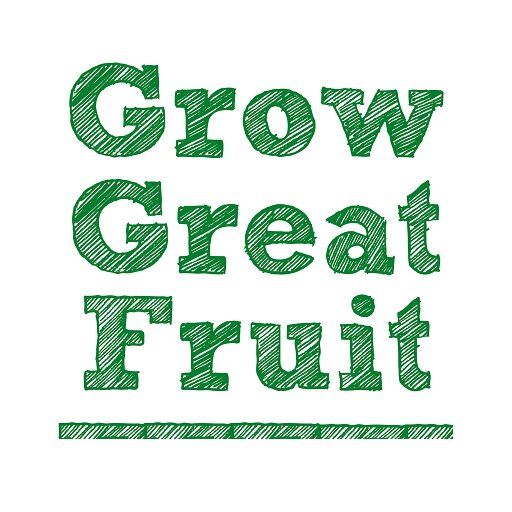
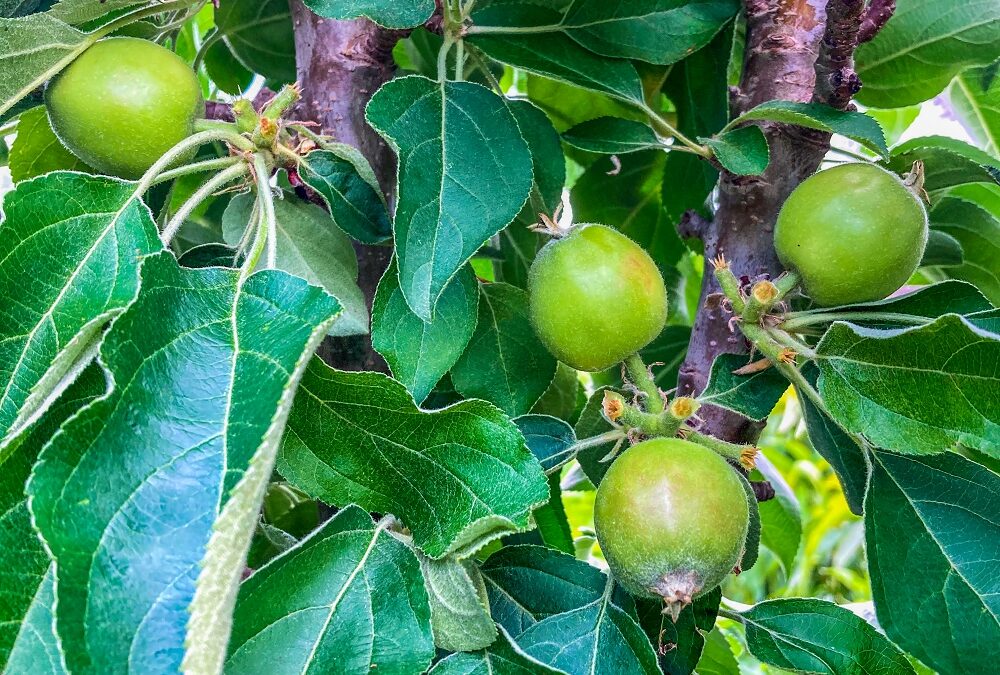
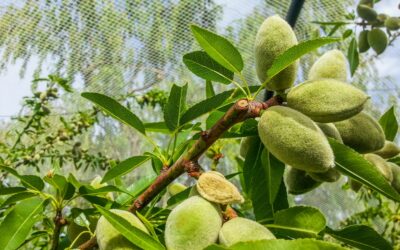
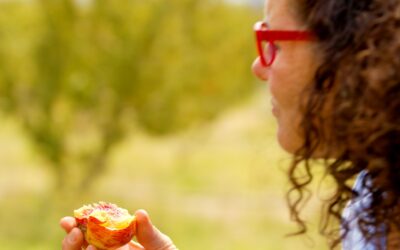

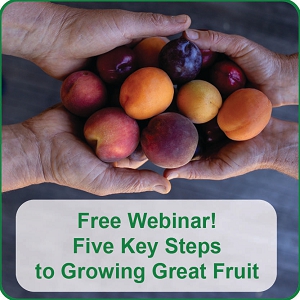
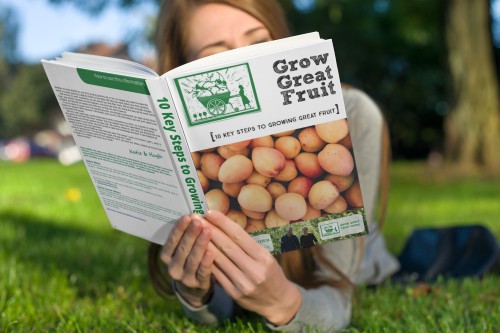
Thanks for your article about fruit thinking. Is it too late to do this now in late Spring?
Hi Judy, It’s not too late to be thinning, but it does depend a bit what it is that you are thinning. For any early crop (ie, harvest before Christmas), it’s getting a bit late amnd you’ll be thinning off a lot of your crop. Anything later will still benefit.